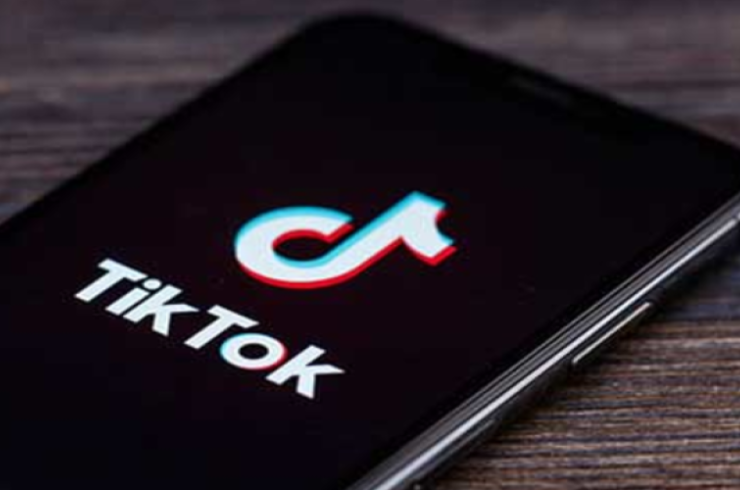- 08-11-2023
TikTok's Surge in In-App Spending Signals a Shift in Social Commerce

TikTok has long been known for its viral dances and meme culture, but recent trends indicate that the platform may be evolving into a significant player in the eCommerce sphere. A new report highlights an intriguing shift in user behavior, with more and more TikTokers opening their wallets to spend money in-app, but not necessarily on tangible goods. This novel development could signal a transformative phase for TikTok, potentially positioning it as an emerging powerhouse in the realm of social commerce.
The report from The Information reveals that over $250 million was spent on digital gifts for live streamers on TikTok in just the third quarter. This trend underscores a deeper change in consumption habits among TikTok's user base, who seem increasingly willing to monetize their interactions with creators. The platform's vibrant live-streaming community, for instance, has embraced the concept of virtual gifting, where fans can send tokens of appreciation, often in the form of quirky animations or special effects, to their favorite content creators during broadcasts. This has created an ecosystem where creators can earn significant income, and it represents a shift in the typical social media user's spending habits.
TikTok is capitalizing on this trend by experimenting with various in-app shopping experiences, such as the "Trendy Beat" eCommerce store in the UK and exploring direct order fulfillment collaborations with retailers. By improving the shopping experience and offering fast delivery options, TikTok hopes to make in-app purchases more appealing to its users. The strategy hinges on cultivating a level of comfort and trust that encourages repeat spending on a wider array of items, including physical products. If successful, TikTok could open the floodgates for individual brands to set up shop within the platform, a move that could potentially revolutionize the way we think about social media and retail.
Despite these efforts, TikTok faces the challenge of cultural differences in shopping behaviors. Western consumers have historically shown a reluctance to embrace social platforms as shopping destinations, a sentiment not as prevalent in Asian markets. Concerns over data privacy and the prevalence of online scams contribute to this hesitation. Nevertheless, TikTok's foray into in-app spending is not without precedent; other social giants like Meta have explored similar territory, albeit with varying degrees of success. What sets TikTok apart is the platform's unique ability to engage users in a highly interactive and personalized environment, which could be the key to slowly shifting consumer attitudes towards social shopping.
In conclusion, TikTok's evolution from a mere entertainment app to a potential eCommerce powerhouse is not a matter of certainty, but the signs are promising. As users become more accustomed to spending within the app, TikTok might find new avenues to expand its commerce capabilities, perhaps even in areas like food delivery and services. While there's a long road ahead, and user trust remains a significant hurdle, TikTok's innovative approach to monetization, combined with its massive and engaged user base, suggests that we shouldn't underestimate its potential to redefine social commerce. The coming years will be crucial in determining whether TikTok can truly transform from a platform of fleeting dance challenges to a robust marketplace humming with economic activity.